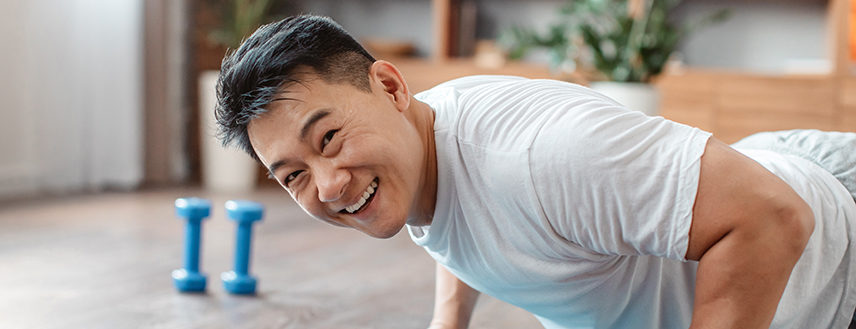
Osteoporosis causes bones to become weak and brittle — so brittle that a fall or in extreme cases, bending over or coughing can cause a fracture. A good first step in preventing and reducing osteoporosis risk is to get screened with a bone density test. It takes about five minutes and is a simple, painless process. For the most part, once bone has been lost, it cannot be replaced. So the goal in treating osteoporosis is to maintain existing bone and to stop further loss.
Here are some things you can do to reduce your osteoporosis risk:
- Get enough calcium. Some good sources of calcium are dairy products, dark leafy green vegetables, dried beans, canned sardines and salmon, sesame seeds, tofu, tortillas and soy flour. Some foods that are not rich in calcium may be fortified with calcium and vitamin D; check the label on breakfast cereals, breads and orange juice. Your health care provider may also recommend calcium and vitamin D supplements.
- Maintain a healthy weight. Being underweight raises the risk of osteoporosis. On the other hand, a recent study from Harvard Medical School shows that excess abdominal fat is also detrimental to bone health. Remember that prolonged weight loss diets are dangerous – you can end up losing bone right along with the weight.
- Get enough of the right kind of exercise. Staying active encourages bone growth and strengthens muscles to protect the bones. Seniors who have osteoporosis should consult their healthcare provider before beginning an exercise program. Certain types of exercises are most beneficial; others may actually be dangerous. A physical therapist can train the patient to use good “body mechanics” during daily activities—even during sleep.
- Limit alcohol consumption and quit smoking. Alcohol and tobacco can both contribute to weakened bone in a variety of ways. Drinking too much alcohol also increases the risk of falling and fracturing a bone.
- Make fall prevention a priority. Reduce your fall risk by having regular eye examinations, keeping the house free of clutter and other hazardous conditions, and talking to your healthcare provider about a balance training program. If you use a cane, walker or other assistive device, make sure it is properly fitted and you have been trained in its use.
While some of the risk factors for osteoporosis—such as body type, family history, and age—are beyond our control, others are lifestyle choices. If you follow the above suggestions, you may reduce your risk of developing osteoporosis. And though in most cases lost bone mass cannot be replaced, the same preventative measures can slow further bone loss.

Leave a Reply